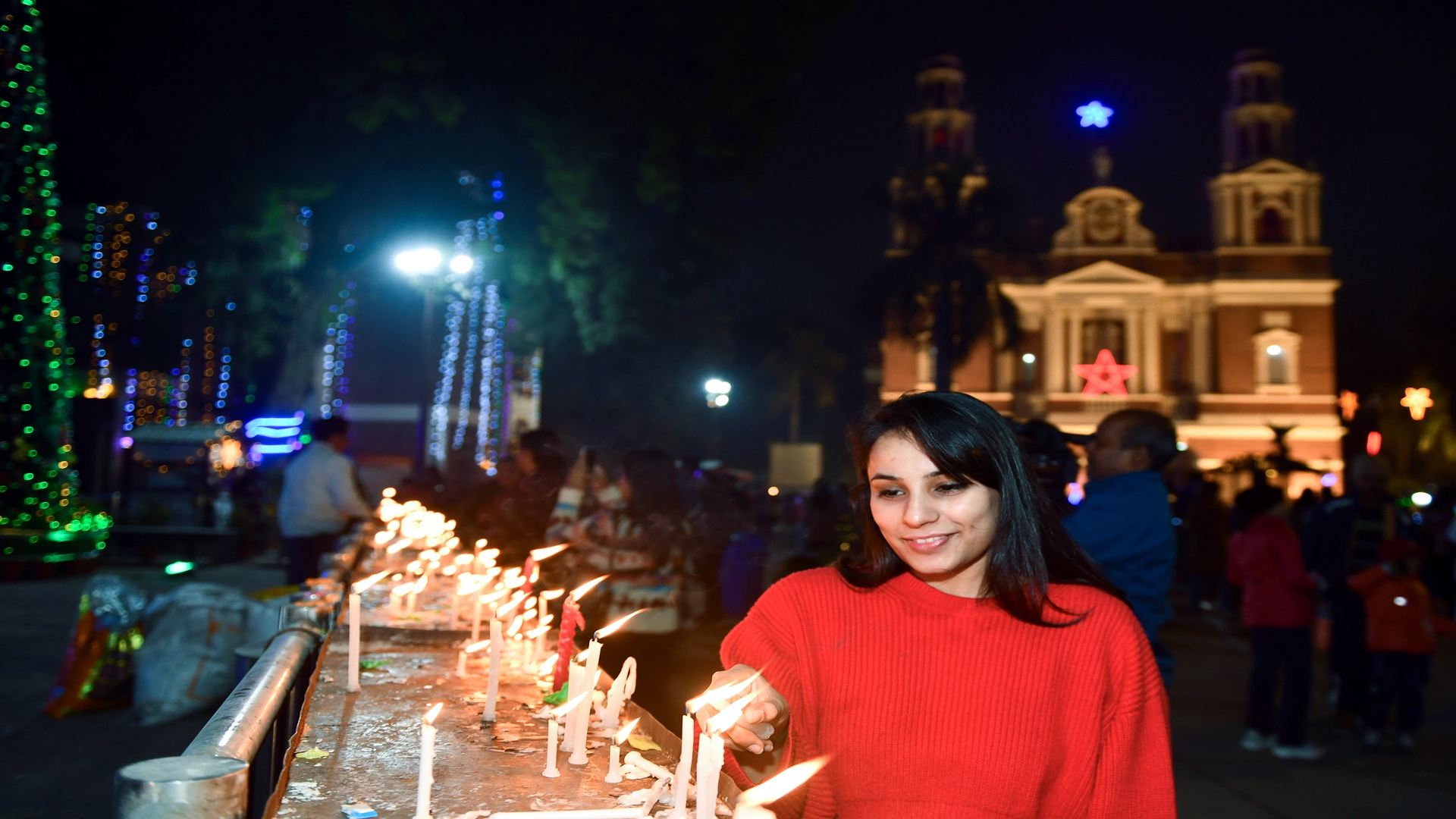The concept of International Yoga Day was introduced by Prime Minister Narendra Modi during his 2014 address to the United Nations General Assembly. Since then, Yoga has gained huge popularity worldwide due to its ability to enhance flexibility, strength, balance, and overall fitness. This year the theme of Yoga Day is ‘Yoga For Vasudhaiva Kutumbakam’ i.e. Yoga for the welfare of all in the form of ‘One World-One Family’. It emphasises the spirit of Yoga, which unites and takes everyone along. Like every time, this time too programs related to yoga will be organized in every corner of the country.
Yoga is not only beneficial for mental health problems but for overall well-being. Regular yoga practice reduces stress and improves symptoms of anxiety and depression. Following the pandemic, yoga has shown remarkable results in reducing anxiety and depression symptoms. It helps with emotional management, mood improvement, and brain clarity and also highlights the connection between the mind and the body.
Significance
International Yoga Day is an annual event observed on June 21 around the world. It provides a platform for individuals from many cultures and communities to unite in their appreciation and practice of yoga. This day offers a chance to spread awareness of the mental, physical, and spiritual benefits of yoga through a range of programmes. These programmes include yoga classes, workshops, talks, and cultural performances.
Benefits of Yoga
Yoga is beneficial for physical, mental, and emotional well-being. It boosts flexibility, strength, and balance. Asanas (postures) in yoga increase joint mobility, muscular tone, and general body strength. It also helps with posture and alignment. Yoga practice on a regular basis can help you sleep better. It encourages positive thinking, reduces stress, and promotes heightened self-awareness. Here are some yoga asanas that you can practise at home to live a healthier and more pleasant life:
Sukhasana
Sukhasana, also known as easy pose or the “pose of comfort,” is a seated posture in yoga. It is a simple cross-legged pose that provides a stable and relaxed platform for meditation, breathing exercises, and light stretching. It can help calm the mind, ease lower back and tightness, and improve overall posture.
Virabhadrasana
The critical thing to remember in Warrior I is that the hips face forward. Think of your hip points as headlights—they should be roughly parallel with the front of your mat. This may require you to take a wider stance.
Balasana
Balasana a.k.a Child’s Pose, is a gentle resting pose that provides numerous benefits for both body and mind. By sitting back on the heels with the knees wide apart, Balasana stretches the hips, thighs, and ankles. It helps to release tightness in these areas, especially after prolonged periods of sitting or physical activity. It can be practised at any time during a yoga session to pause, recharge, and regain energy.
Bhujangasana
Bhujangasana, a cobra pose, is an excellent pose for improving the flexibility and strength of the spine. It is a reclined backbend pose that strengthens and stretches the muscles in your spine and increases blood flow, especially to the reproductive organs and spinal area. It helps you to connect with your breath, body, and the sensations experienced during the pose. It’s important to practice Bhujangasana with proper alignment and keeping your body’s limitations in mind.
Uttanasana
To do Standing Forward, Bend, exhale, and fold over your legs. If the hamstrings feel a little tight at first, bend the knees so that you can release your spine. Let the head hang heavy. Keep the legs gently bent with feet hip-width apart for better stability (you can straighten the legs, but it is unnecessary). You can clasp opposite elbows with opposite hands while swaying gently from side to side. Have a relaxing yoga day this year.














